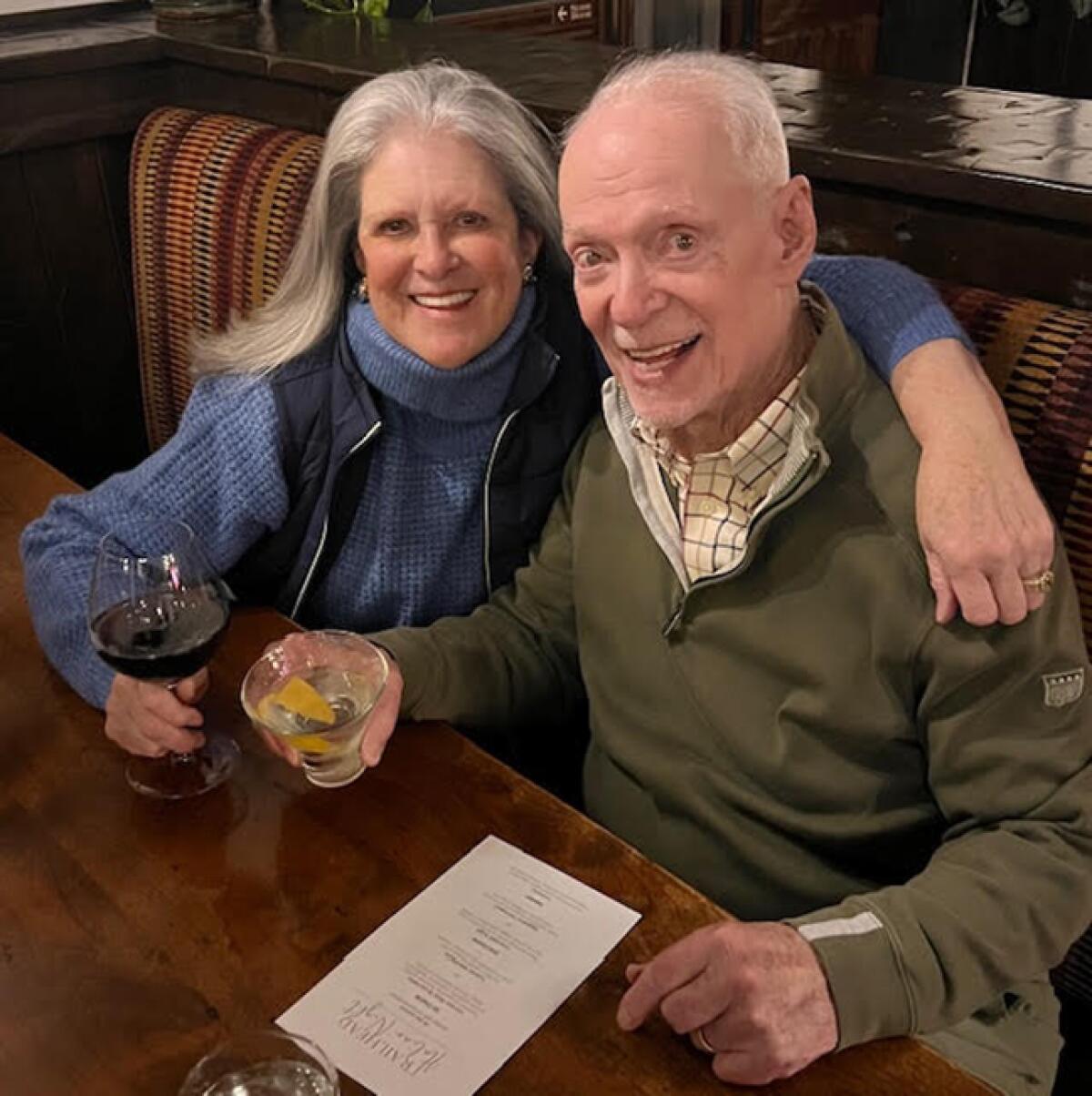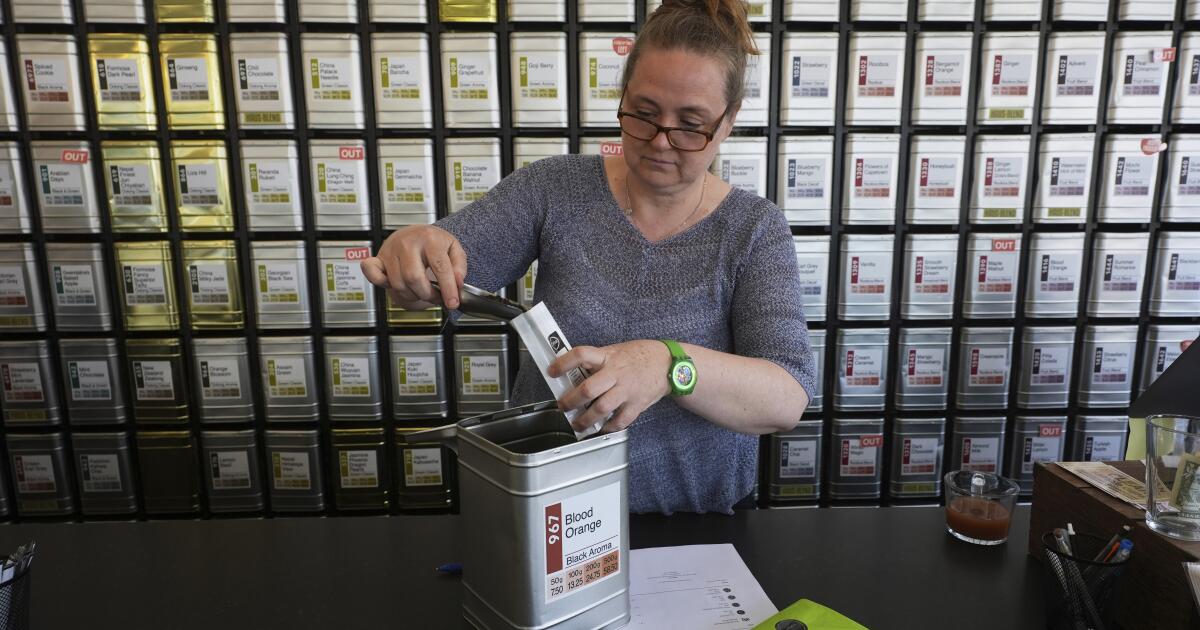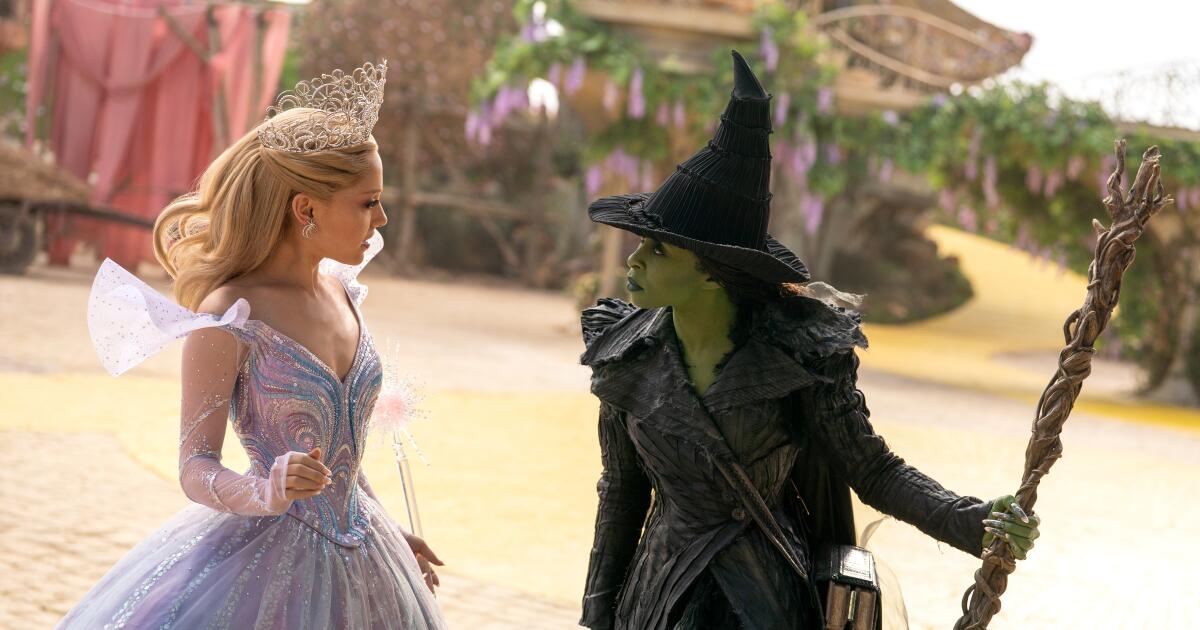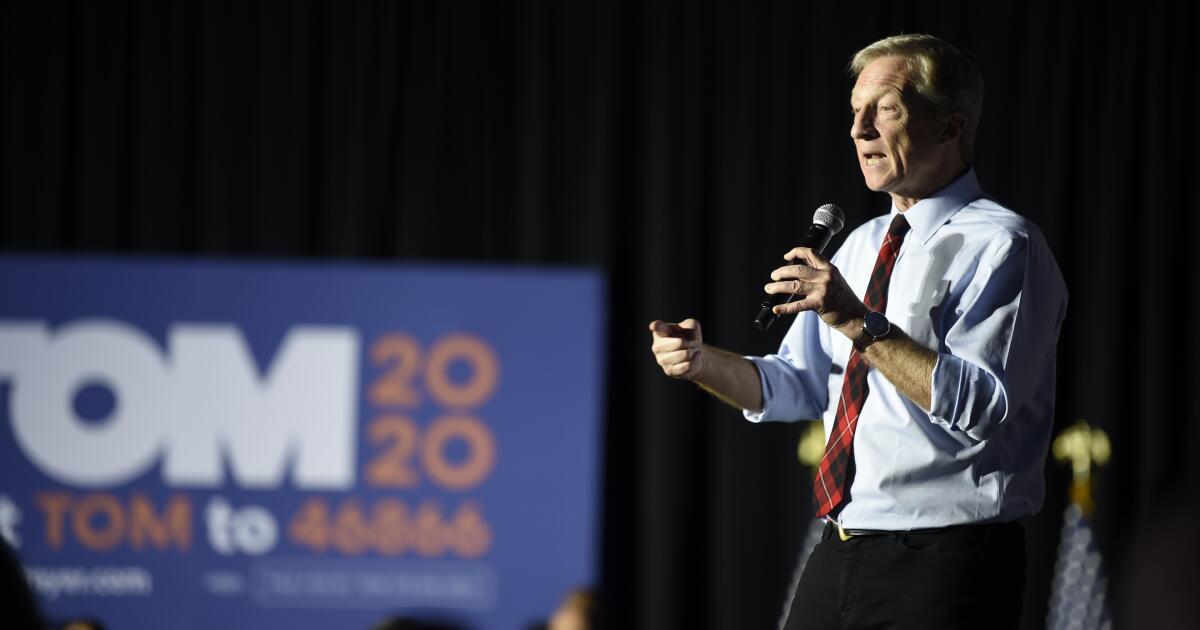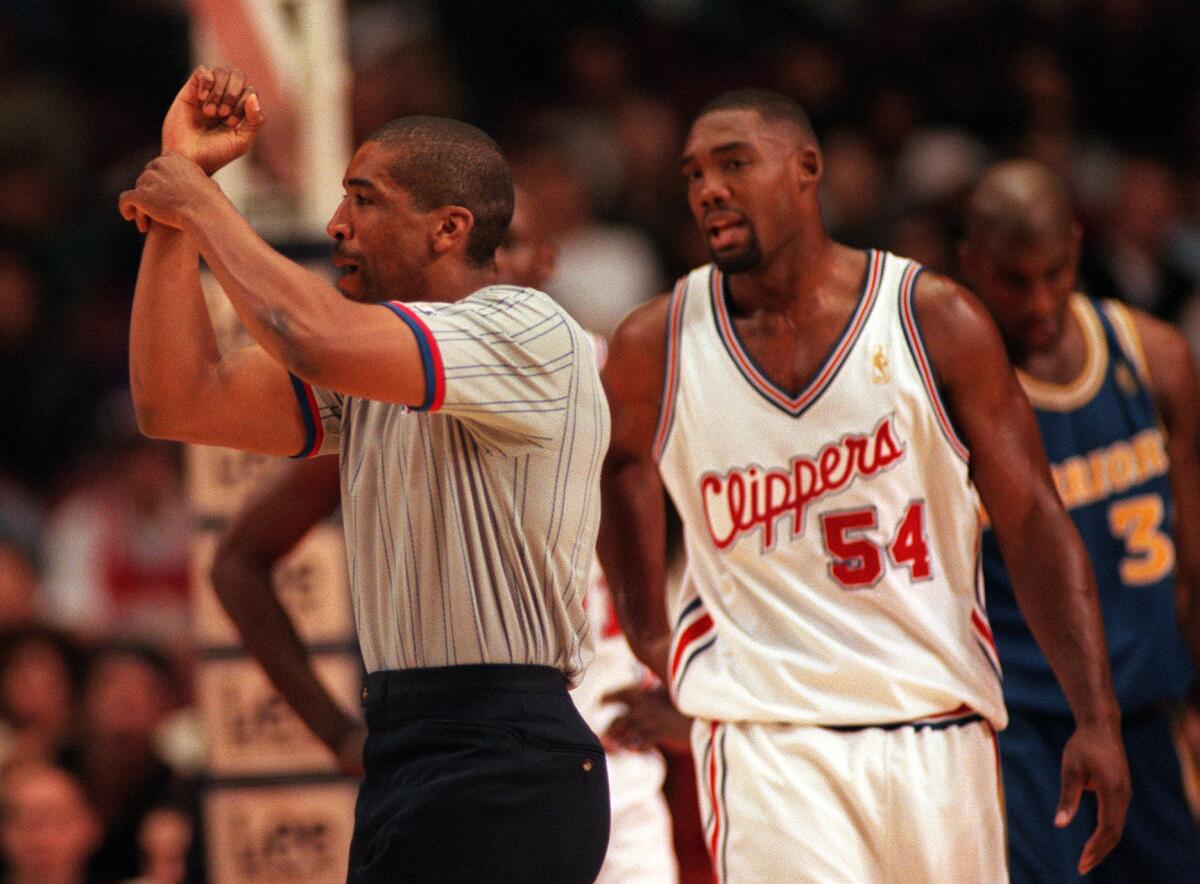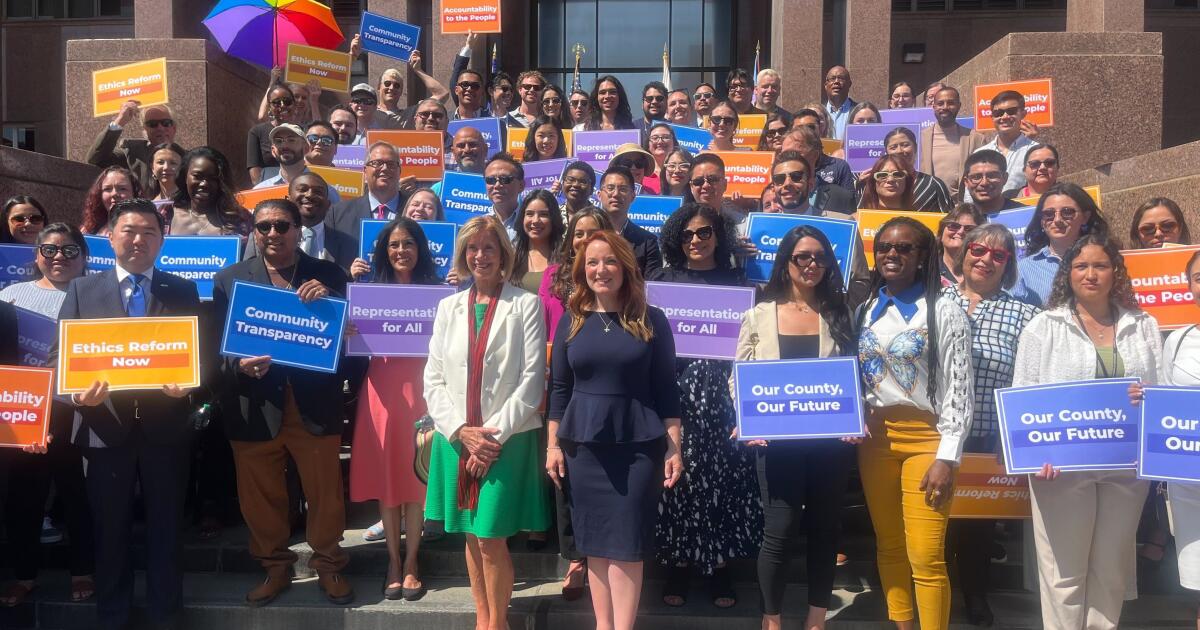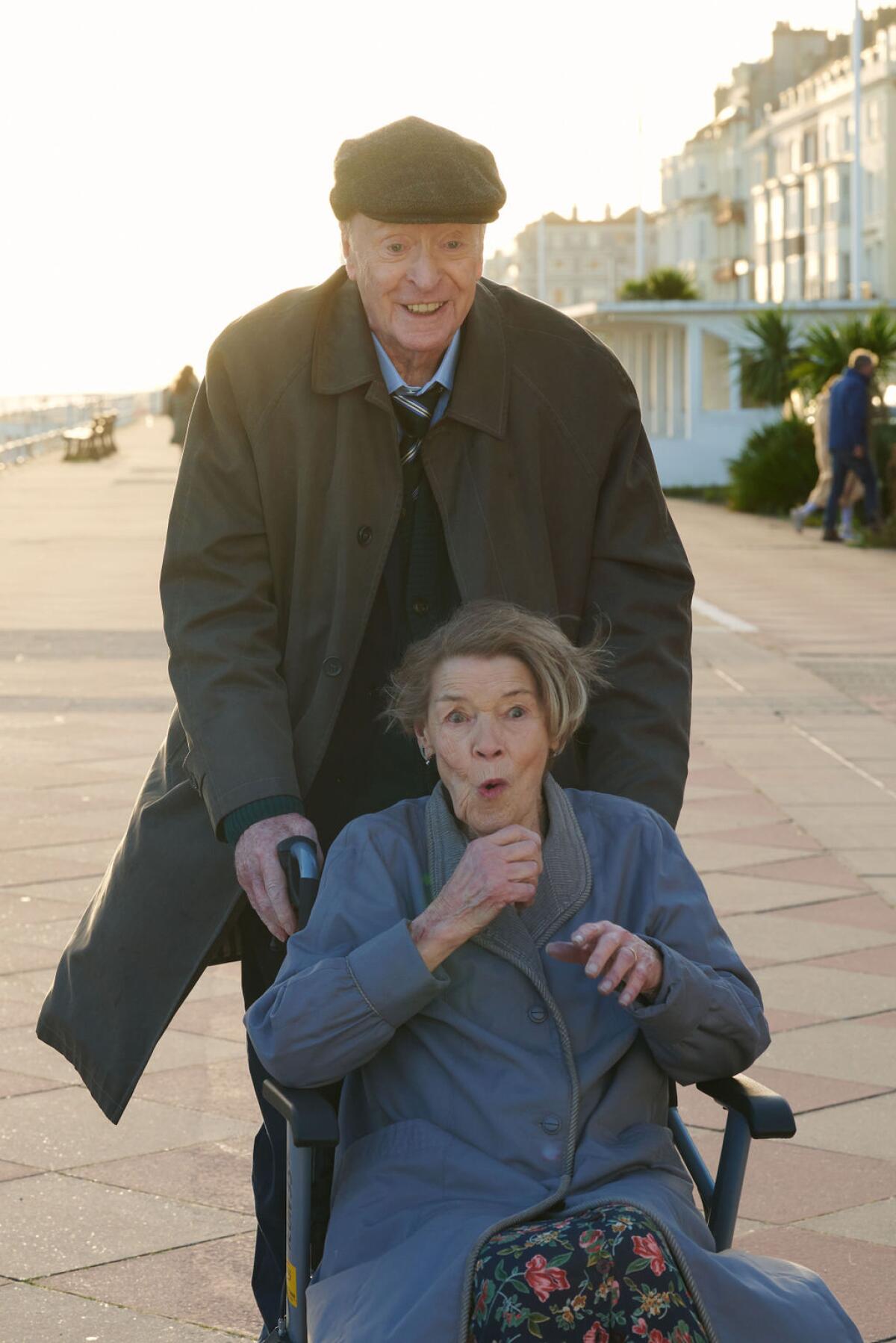An extra live public vote on the night will hand fans more power – putting the audience at the heart of the biggest night in British sport
Gabby Logan has worked in live sports broadcasting for nearly 30 years and is riding high, having recently bagged a permanent presenting role on Match of the Day.
Now she’s gearing up for her 13th stint as host of Sports Personality of the Year next month alongside Clare Balding and Alex Scott, the annual two-hour TV extravaganza in which the sporting triumphs of the previous 12 months are celebrated.
Gabby, married to former rugby player Kenny Logan, says that despite having absolutely loved watching her BBC pal Clare on Celebrity Traitors, she’ll have to rule herself out of any cloak-themed action herself – for now, at least. “We had Tom Daley, Clare and Joe Marler representing sport, so it felt like we had a three-pronged attack,” she says, admitting that she’d been glued to every episode.
READ MORE: BBC Blue Lights stars rush to save man’s life as he suffers heart attackREAD MORE: David Attenborough’s ‘saddest TV moment ever’ will leave fans shaken after brutal attack
Having seen Clare make a big mistake in the Trojan Horse mission at the very start, Gabby said she didn’t have the heart to message her initially, knowing that she’d have felt “devastated” over the blunder. But when she did send a text, it was to point out that it didn’t really matter. “The one thing I did say to her was, look, you normally get everything right in life. I don’t think there’s any harm in showing people you’re human.”
So would Gabby, 52, fancy her chances in the castle? “I don’t think so,” she admits. “Not because it doesn’t appeal, I just know the time of year they film it would mean an enormous amount of time for me away from sport.
“And I feel like I’m just bedding in to Match of the Day and I still do the Six Nations, so that would take me away for a few weeks, which wouldn’t necessarily be a very good move in terms of my day job.”
Perhaps she might consider it a few years down the line? “At the age when you can go on and just fart willy-nilly, you mean?” she laughs, referring to Celia Imrie’s famous cabin parp. “That was one of the great moments.”
Gabby took over on Match of the Day from departing host of 26 years, Gary Lineker, in August, alongside Mark Chapman and Kelly Cates, and says that no backlash has ever arrived. “I’m sure there are people who had their grumbles, but the other day I had someone who said to me, ‘I hope you don’t mind me saying, I was a bit concerned that there were gonna be two women on Match of the Day. But actually it’s great. I really like it.’”
Laughing, she adds: “And then he went ‘I’m sorry, that sounds like a backhanded compliment’. But he was obviously a fan of the show and that kind of feedback actually means a lot really, because the fact this guy felt confident enough to express it, was good.”
A former gymnast, Gabby says she achieves balance in her life by never compromising on her exercise regime, by sleeping and eating well and by not going crazy with the booze.
Having fronted a podcast about midlife, The Mid-Point, for the past five years, there is not much she doesn’t know about the issues affecting both men and women in their fifties. “I have absolute commitment to my training sessions and have really ramped up doing weights, which is so good for bones,” she says. “And obviously, muscle density is so important; being strong is such a predictor of longevity. It’s so important.”
She says that even when on the road for work, she will locate a place for a workout, which is how she ended up in a £9-a-session cage-fighter gym in Manchester’s Moss Side earlier this month. “It was a kind of spit and sawdust type gym, and there were no showers,” she laughs. “But it had all the equipment I needed, it was great. I did it in 50 minutes, and I walked back to my hotel afterwards.”
She runs her diary with a rod of iron to ensure that she finds time for three weekly weights sessions, plus two pilates classes for flexibility, and then a run or a walk. “I have one rest day,” she says.
Gabby, whose 20-year-old twins, Lois and Reuben, with husband Kenny Logan, have now left home, keeps her sleep pattern regular and eats a healthy, balanced diet. “You do your own elimination of things and work out how you react to foods which make you feel a bit bloated or a bit sleepy or are driving your insulin up,” she explains. “That’s definitely something that I’ve noticed – sugars are the enemy.”
With booze, she says that it’s rare for her to have more than one drink. “Lee Mack is teetotal and he came on the podcast and said that after the first drink, you’re just chasing that feeling of the first drink,” she says. “I love having a gin and tonic on Friday when I’m cooking. But actually, what I’ve noticed is, he’s right. The first one does the trick, I don’t need the second one.”
She said that having seen her father, former footballer Terry Yorath, fight his own battle with booze, she was inclined to be careful. “I’ve got a dad who’s had a problem with alcohol and so I’ve seen the damage that it can do,” she says, admitting that there was “a bit of vanity” involved in the decision to be a moderate drinker too. “There’s a lot of sugar in alcohol and it generally doesn’t do much for your your looks to drink too much of it. So I think that kind of keeps me definitely on the right side of a healthy relationship.”
Looking ahead to SPOTY, Gabby says that despite her long service to the big night of live TV, it’s still her most nerve-wracking gig of the year. “You just wanna get that first intro section nailed, you know? And then you feel like you’re up and running. I remember Gary once saying, he was quoting Des Lynam, that SPOTY was the best laxative known to man. Thanks Gary! So even with all Gary’s experience, with all Des Lynam’s experience and for anybody else who’s hosted it down the years, it does send the nerves to a different level and the butterflies go a little bit harder.”
This time around she is thrilled that Rory McIlroy has already confirmed his attendance, with the golfer being a dead cert for the shortlist when it comes out this week. One change for this year’s event is that the Team of the Year Award will be voted for by the public, just like the main award, rather than being decided by a panel of experts – in a move designed to entice younger viewers to engage.
She’s hoping to remember this year’s show for the right reasons rather than for any gaffes. “I’ve had a few moments where I nearly took a tumble down the stairs,” she recalls. “And then when Mo Farrah won, the line went down – it really does test your live telly chops when things like that happen. She said that Mo’s reaction was priceless. “He was obviously just thrilled to be held in that esteem by the population, that people had picked up their phones and tapped in the numbers to vote. It’s that proactiveness which we really encourage because we want the audience to feel they are part of the directional travel of that award.”
Her most emotional moment came when a close family friend, Doddie Weir, was honoured, amid his ongoing battle with motor neurone disease. “That was very emotional because Doddie was a fantastic friend of our family, he and Kenny had been mates for 30 years.” They had both helped him to fundraise for more research into MND. “To see him honoured on stage for the work he’d done, which saw him selflessly giving up, pretty much, the last five years of his life – that was really emotional. His family, his beautiful sons were in the room. And I look back on that as a moment that definitely sticks out.”
She says that the job, while stressful, is also one of her favourite. “It’s the joy that you remember the most, and seeing people celebrated. It’s the feeling that you’ve reached out and touched people and made a difference to their lives. And that’s what sport does.”
– Sports Personality of the Year, Thursday 18 December, 7–9pm on BBC One and iPlayer
Like this story? For more of the latest showbiz news and gossip, follow Mirror Celebs on TikTok, Snapchat, Instagram, Twitter, Facebook, YouTube and Threads.



